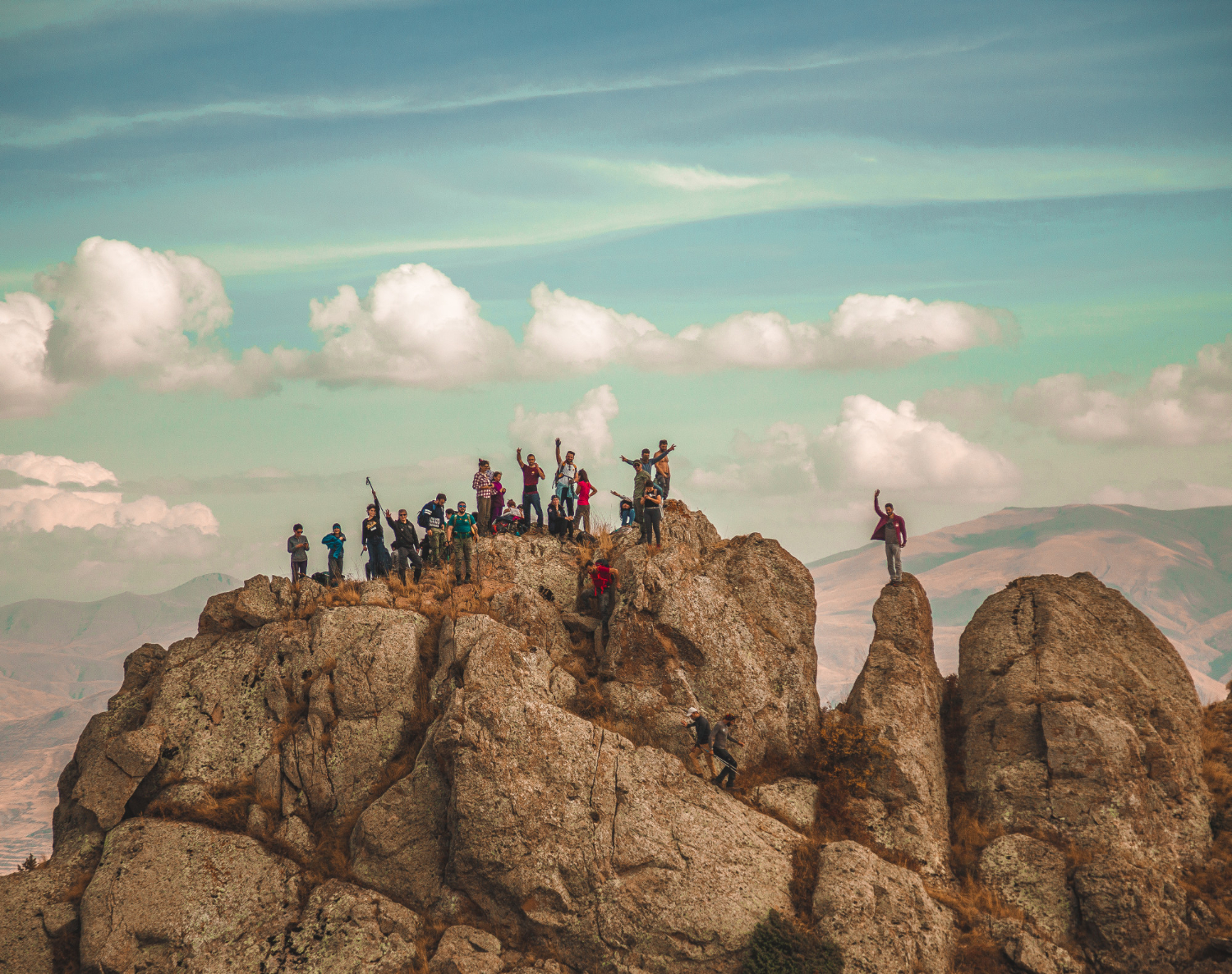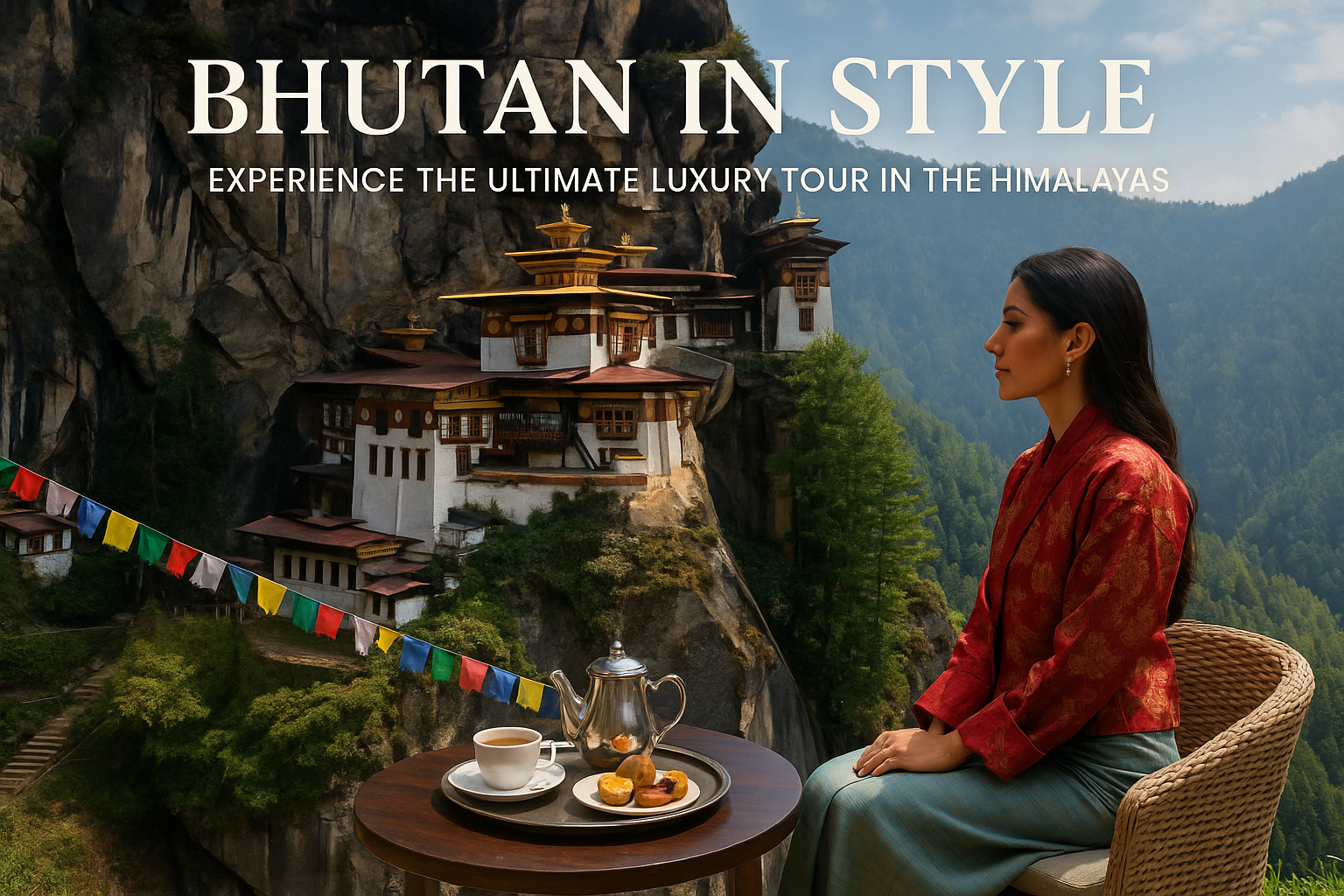Tour Bhutan: A Journey into the Land of Happiness

Strong 8k brings an ultra-HD IPTV experience to your living room and your pocket.
Nestled in the eastern Himalayas, Bhutan is a small, landlocked kingdom that often feels like a place suspended in time. Known as the "Land of the Thunder Dragon," Bhutan is globally renowned for its deep-rooted Buddhist traditions, dramatic landscapes, and, most intriguingly, its unique development philosophy centered around Gross National Happiness (GNH). Unlike any other place on Earth, a tour of Bhutan isn't just a vacation—it's a soul-stirring journey into a culture that prioritizes peace, sustainability, and well-being above material wealth.
Why Bhutan Stands Apart
In a world obsessed with GDP and economic growth, Bhutan has charted a different path. Since the 1970s, the country has used Gross National Happiness as a guiding principle for governance, balancing economic progress with cultural preservation, environmental conservation, and psychological well-being.
This isn't just a marketing gimmick. Bhutan’s dedication to harmony and mindfulness is evident in its architecture, policies, and everyday life. It’s one of the few countries where progress is measured not only by wealth but by how content and spiritually fulfilled its people are.
Arrival in Paro: Gateway to the Kingdom
Most travelers enter Bhutan via Paro International Airport, arguably one of the most scenic and challenging airports in the world. As your plane descends between jagged peaks and lush valleys, you're greeted by views that look like they've been painted by hand—dense forests, misty mountains, and whitewashed dzongs (fortresses) perched on cliffsides.
Paro itself is a charming town filled with traditional Bhutanese houses, prayer wheels, and fluttering prayer flags. But its most iconic attraction is Tiger’s Nest Monastery (Paro Taktsang). Clinging to a cliff 3,000 feet above the valley floor, this sacred site is said to be where Guru Rinpoche meditated in the 8th century. The 2-3 hour uphill hike to reach the monastery is both challenging and exhilarating, offering stunning panoramas and moments of introspection.
Thimphu: The World’s Most Unique Capital
Just a two-hour drive from Paro lies Thimphu, the capital of Bhutan—and perhaps the only capital city without traffic lights. Instead, you’ll find white-gloved traffic police directing vehicles with graceful hand gestures, a sight that adds to Bhutan’s quaint charm.
Thimphu offers a fascinating blend of tradition and modernity. While there are internet cafés, handicraft shops, and government buildings, you’ll also find sacred monasteries and traditional markets where locals sell handwoven textiles, yak cheese, and prayer beads. A visit to the Buddha Dordenma—a massive 169-foot bronze statue overlooking the city—is a must. Not only is it awe-inspiring in scale, but it also offers breathtaking views of the valley below.
Punakha: Where Rivers and Royalty Meet
East of Thimphu lies Punakha, the former capital of Bhutan and still the winter seat of the Chief Abbot. The route to Punakha takes you through Dochula Pass, where 108 chortens (stupas) stand sentinel over the mountain pass. On clear days, you’ll be rewarded with panoramic views of the eastern Himalayas.
The highlight of Punakha is the Punakha Dzong, arguably the most beautiful fortress in the country. Built at the confluence of the Pho Chu (male) and Mo Chu (female) rivers, its intricate architecture, blooming jacaranda trees, and serene surroundings make it a photographer’s dream. This dzong also holds historical significance—it was the site of Bhutan’s royal wedding in 2011.
Cultural Immersion: Festivals, Food, and Monasteries
One of the most magical aspects of visiting Bhutan is the opportunity to witness a tshechu, or religious festival. These colorful events are held annually in various towns and involve masked dances, rituals, and communal celebrations. They are not performances for tourists but deeply spiritual events for Bhutanese people, offering a rare window into their devotion and joy.
Bhutanese cuisine is another memorable part of the journey. The national dish, Ema Datshi—a spicy mix of chilies and cheese—is a fiery delight, while momos (dumplings), red rice, and butter tea add depth to the culinary experience.
For those interested in spirituality and wellness, many monasteries and lodges offer meditation retreats, guided teachings, and traditional hot stone baths. The atmosphere of tranquility is ideal for those looking to disconnect from the hectic pace of modern life.
Sustainability and Responsible Tourism
Bhutan practices a “High Value, Low Impact” tourism policy. Visitors must book through licensed tour operators and pay a daily tariff, which includes accommodation, meals, a guide, and transportation. This model helps prevent over-tourism and ensures that tourism revenues directly benefit local communities.
While this makes Bhutan more expensive than other destinations, travelers often find that the immersive experience and personal insights they gain are worth every dollar.
Final Thoughts: A Journey That Transforms
A tour bhutan isn’t about checking off tourist attractions—it’s about immersing yourself in a culture that genuinely prioritizes happiness, community, and balance. Whether you’re hiking to ancient monasteries, chatting with monks, or simply watching prayer flags flutter in the wind, Bhutan offers a journey that touches the heart and calms the mind.
In a world that often feels chaotic and disconnected, Bhutan stands as a beacon of serenity and spiritual richness. If you're seeking more than just beautiful landscapes—if you're searching for meaning, peace, and a deeper connection with the world—Bhutan might just be the journey of a lifetime.
Note: IndiBlogHub features both user-submitted and editorial content. We do not verify third-party contributions. Read our Disclaimer and Privacy Policyfor details.




